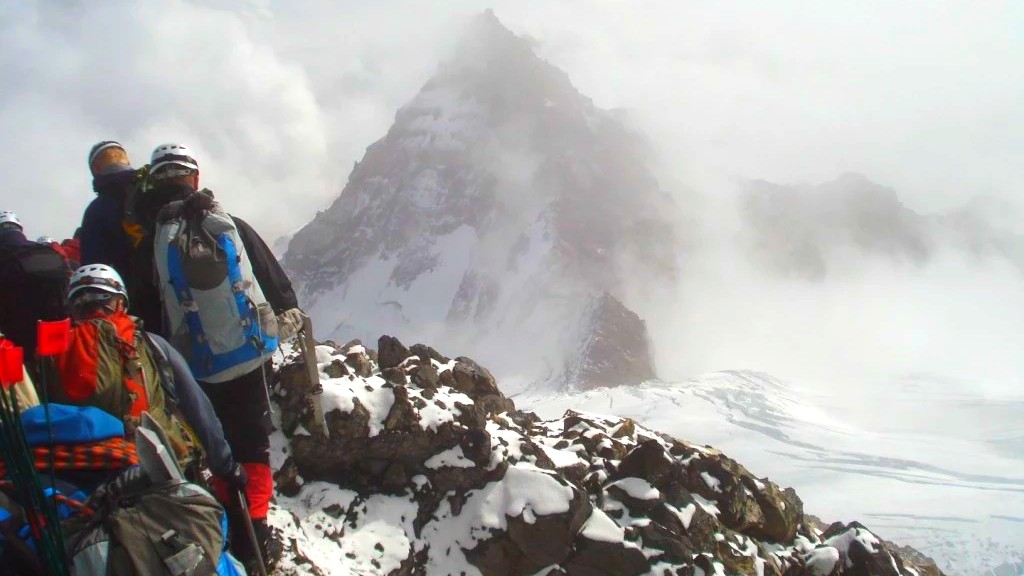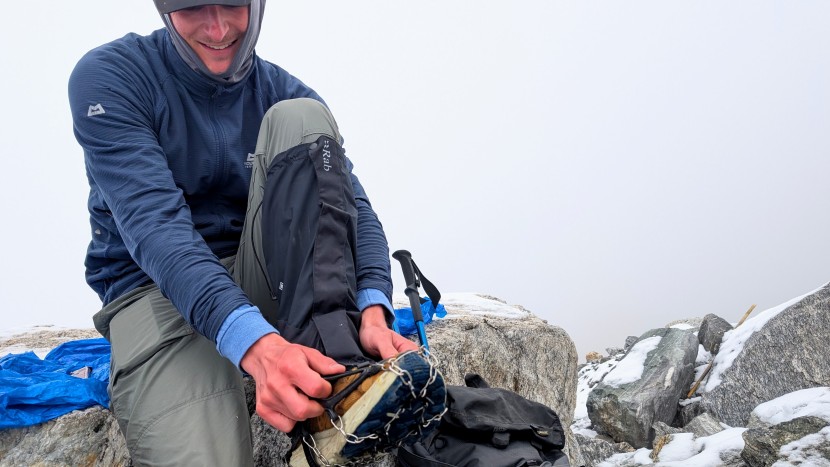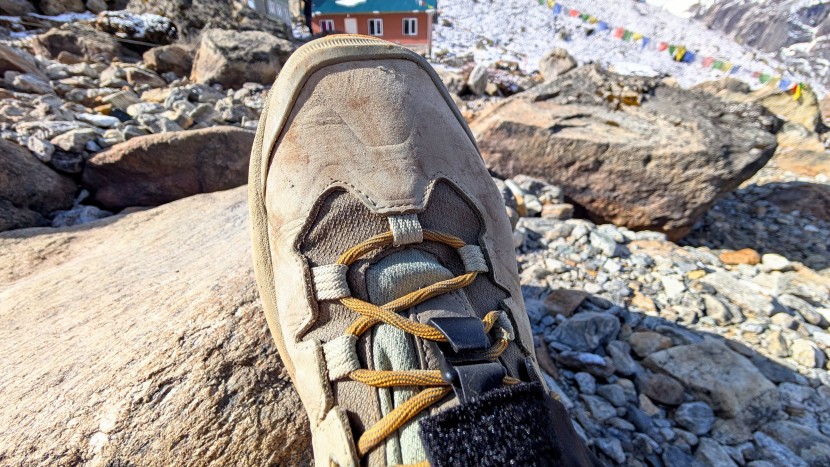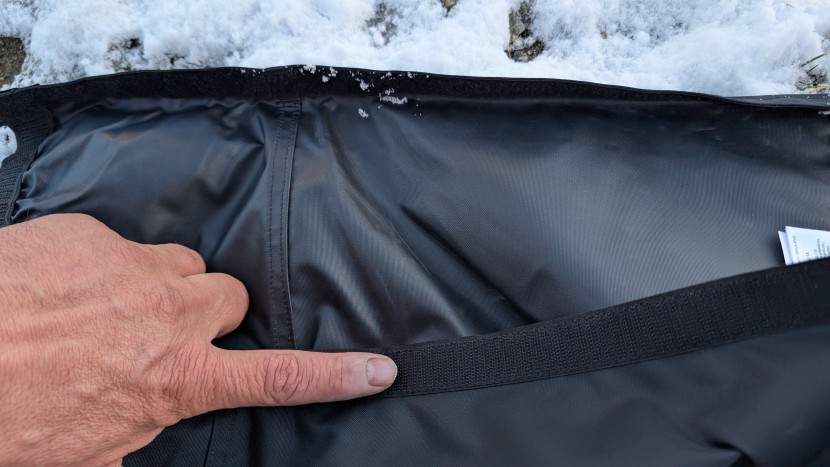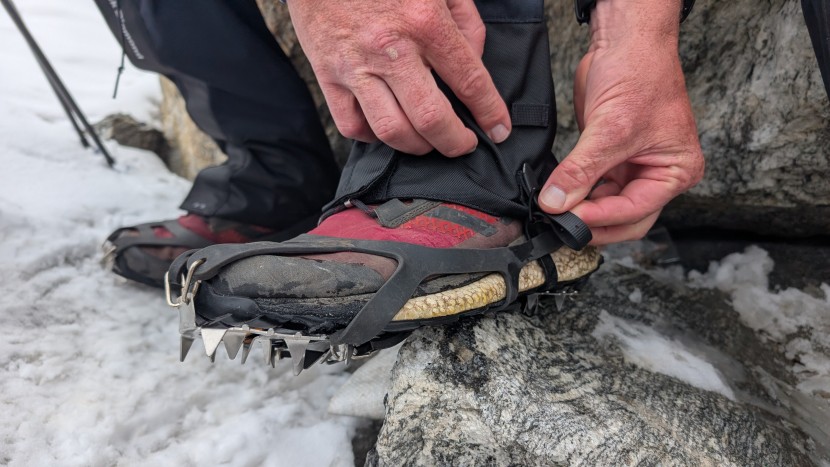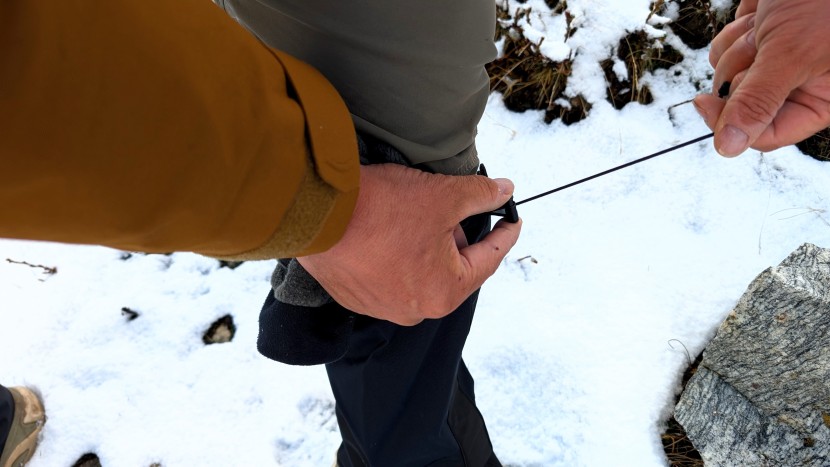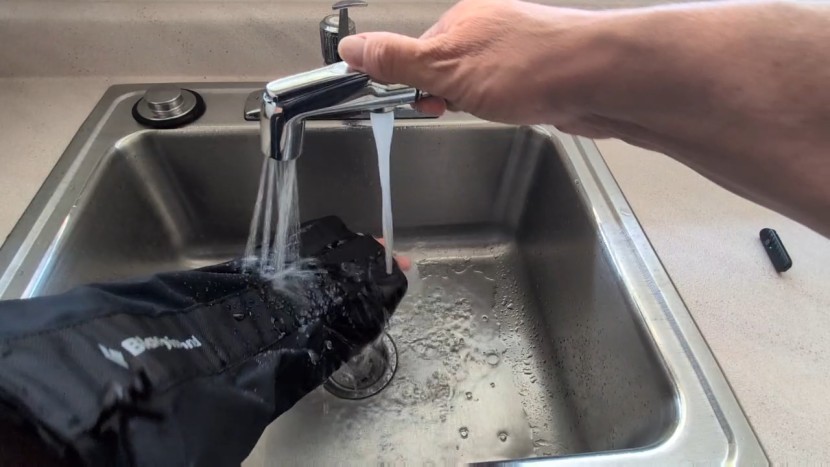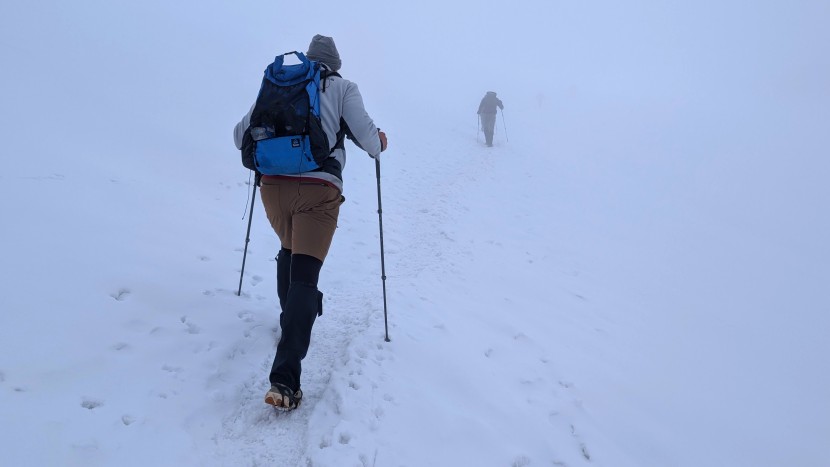There is a simple beauty in the basic design and function of a gaiter. As a result, we tried not to overcomplicate things during our testing. We did some basecamp testing, weighed everything, rubbed them against rocks, saturated each with water, and dumped sand and dirt over them. Ultimately though, we just pounded out some miles on trails, glaciers, and scree fields to see how they held up. We typically wore multiple pairs on a single trip, sometimes with different styles on each foot to compare models side-by-side. We also tested each with a variety of footwear to assess their overall versatility. From there, we did our best to wade through water crossings and stomp through the muckiest parts of the trail.
Comfort and Breathability
Comfort and breathability are the major considerations when determining whether or not to purchase a particular pair of gaiters. All our other testing metrics only matter if you are actually going to wear them. We were very careful to note how well each model stayed put or slid down over the course of a day. We also took a look at how adaptable each model is for use on bare skin, over socks, and over pants. We tested our gaiters in a variety of climates, all while keeping track of how much moisture built up on the inside of each model.
Debris Protection
Debris protection is, of course, one of the primary functions of any gaiter. To test this, we wore each comparable pair over similar distances and terrain. Sometimes wearing a different pair on each ankle, we would see what got into our shoes at the end of the day, and note whether we had to stop mid-hike to remove anything from our shoes. In a more controlled environment, we also grabbed handfuls of debris and dumped it over the gaiters to assess the seal at the top and bottom.
Durability
Gaiters are meant to protect one of the most valuable assets you have on a hiking trip: your feet. Our thinking is that they better last as long as you do. Short of a tensile testing machine, the most effective way to assess durability is to cover miles. The most vulnerable point on any pair of gaiters is often the instep strap, so we paid special attention to how easily they can be replaced if they fail. We also looked at other attachment points: buttons, snaps, hooks, elastic cord, and toggles. At home, we rubbed both the instep strap and the outer fabrics against landscape rocks to see how they held up.
Ease of Attachment
Though not essential, it is always nice when gear is easy to use. To test this metric, we counted the number of steps and how long it took to attach and remove each model, as well as whether they could be put on or taken off with or without footwear on. We considered the method of adjusting the instep strap, how easily hooks could be attached to laces, and whether a model could be adjusted around the leg for a proper fit.
Water Resistance
Depending on the model's intended use, water resistance can be a critical component of a gaiter. Some are meant to be waterproof, others water-resistant, while others aren't meant to be either. Our water-resistance testing was straightforward. In the field, we wore each pair in rainy and wet weather. While wearing each pair in a more controlled environment, we also sprayed them with a sink spray nozzle and assessed water penetration. To test water retention, we weighed each pair when dry, dunked them into water, and weighed them again.
Weight
The most straightforward test of all our metrics, we put each model on a scale to confirm whether or not a manufacturer's claimed weight was accurate. Trail-running gaiters weighed the least, while longer, heftier, mountaineer models weighed the most.

